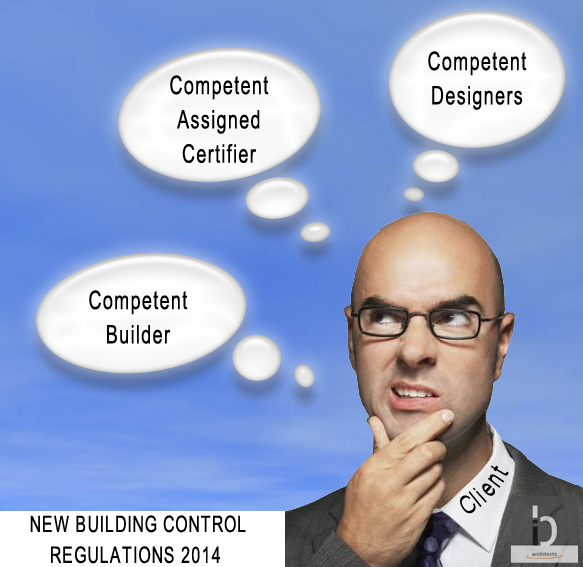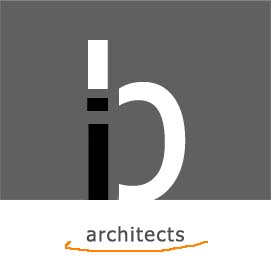If you are planning to sell your house you will soon realise there are a number of legal documents that are required to complete the sale. Some documents you probably never heard about and others you may have overlooked until today.
We are seeing more and more solicitors undergoing a strict assessment regarding the required documentation and they are likely to recommend their clients to move away from the purchase if the documents are not in order.
These are the typical issues that may cause you enough headache:
1 – Your house does not comply with the grant of Planning Permission, or you have carried out work (ie.: an extension) that does not qualify as “Exempted Development“.
2 – You do not have an Opinion on Compliance with Planning Permission.
3 – You do not have an Opinion on Compliance with Building Regulations.
The solution:
1 – Any house built in Ireland after the 1st October 1964 requires planning permission. You should apply for Retention of the unauthorized development as soon as possible. Arrange for your Architect to visit the house, do a survey and prepare the Planning Application. The length of time it takes to get planning permission is affected by the completeness of the application and by whether or not there is an appeal. Generally, a valid application will be dealt with by a planning authority within 12 weeks, from the date the application is made to the final granting of permission.
It is very important to ensure the planning permission is in order before the proposed sale. Otherwise the potential purchaser may pull out of the transaction at a very late stage, when s/he discovers the problem.
You can also find the Planning Applications Fees for Co. Wexford here.
2 and 3 -Opinions on Compliance are important legal document that certify the building is in accordance with the planning permission granted and Building Regulations. They represent an essential element of conveyancing documentation and as such Architects adopt a significant liability in relation to the opinion they give.
RIAI Architects are advised to use the standard forms prepared by RIAI. You should ask your Architect to prepare these documents but please note that RIAI advises their members to exercise extreme caution and avoid offering opinions on Building Regulations when they were not the original Architect for the building or development.
Please contact us today if you need us to help you with any of the issues above.































